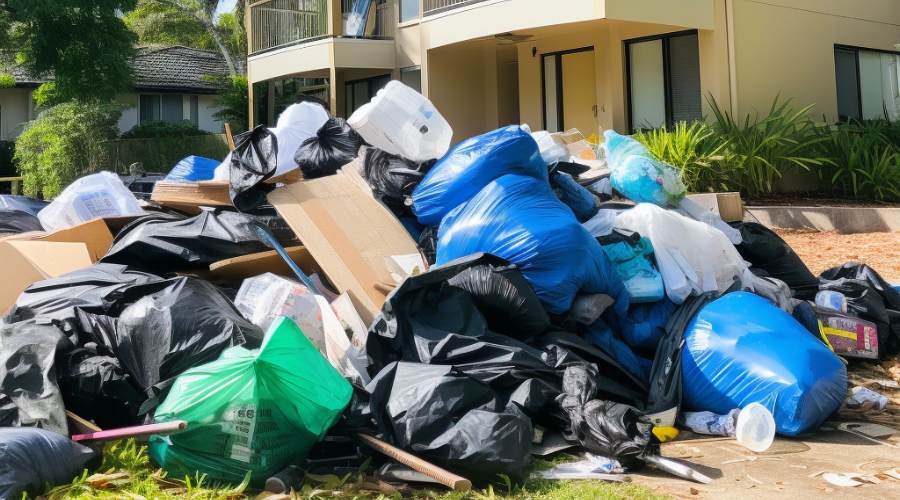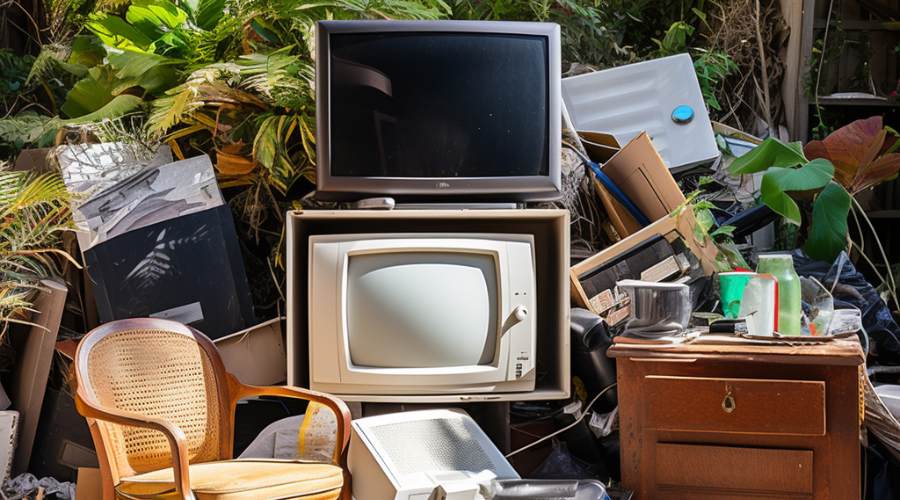Rubbish Removal Myths Debunked
Thinking Twice About Trash: Busting Widespread Beliefs
Rubbish removal is something most households need to deal with regularly. However, many misconceptions exist about proper rubbish disposal and recycling.
In this article, we’ll debunk 10 common myths so you can make more informed choices.
1. You Can Put All Recyclables in the Same Bin
This is false. Most curbside recycling programs require you to separate materials into different bins, paper in one, glass/polymer/cans in another. Combining recyclables contaminates the matter and prevents reprocessing. Follow local guidelines on sorting recyclables.
2. You Don’t Need to Rinse Out Containers
While a quick rinse isn’t a bad idea, thoroughly washing containers is typically unnecessary. Recycling facilities can handle residues and debris on containers. Focus on emptying containers, don’t worry about getting them squeaky clean.
3. You Can’t Recycle Greasy Pizza Boxes
Partly true. You should throw the greasy bottom panel of the pizza box in the waste bin. But you can usually recycle the clean top lid with other cardboard. Tear off the unsoiled lid and toss only the greasy bottom panel.
4. You Can Recycle All Plastic
Sadly, this is false. Many curbside programs only accept thermoplastic bottles and jugs (PET #1 and #2). Other types like bags, polystyrene foam, and certain food containers may not be recyclable in your area. Check local guidelines.
5. You Can Put Hazardous Waste in the Trash
Absolutely not! Materials like paint, chemicals, batteries, and CFL lightbulbs require special disposal. They can contaminate junkyard and waste-to-energy plants. Look for household hazardous waste drop-off events in your community.
6. You Should Bag All Recyclable Items
Not true! Synthetic bags cause major recycling issues for sorting equipment. Never bag your recyclables, always put them directly into curbside recycling bins loose. The exception is shredded paper, which you can bag to contain it.
7. Landfills Waste Space
Modern landfills serve an important purpose for non-recyclable materials and hazardous waste. Far from wasted, they are highly engineered with safeguards like clay liners and leachate collection systems. While reducing waste is ideal, dumps remain necessary as a last resort.
Pro Tip:
Always double check with your local council before putting objects into collection vehicles to ensure you are disposing of valuable resources properly. This can help maximise waste diversion services.
8. Donating is Not as Good as Recycling
Reuse should be your first choice! Donating gently used goods like clothes, furniture and household items gives them another life. Even if not recyclable, donating keeps things out of the waste stream longer. Support charities by donating what you can, rather than trashing it.
9. Composting is Not Worth the Effort
Composting food waste and yard waste at home can majorly reduce household garbage, and it’s easier than you think! Dedicated bins let you compost year-round with minimal maintenance. Or look for community compost drop-offs. Either way, composting helps divert organic waste from waste dump.
10. Littering is Harmless
Littering has huge environmental impact in addition to making public areas unsightly. Litter often reaches storm drains and waterways, polluting our waters and harming wildlife. With over 50 billion pieces of litter on roadways each year, do your part by properly disposing of all waste.
Conclusion
Rubbish removal impacts all of us, but armed with the facts, we can make better choices to reduce waste. By debunking common myths about disposal, we’ve cleared up misconceptions so you can manage rubbish more sustainably.
Small changes add up, follow local guidelines, utilise reuse options like donating, and think twice before trashing questionable things.
With more mindful actions, we can preserve our health and environment for generations through proper rubbish removal. The power is in our hands.


